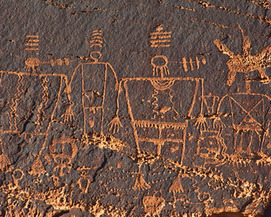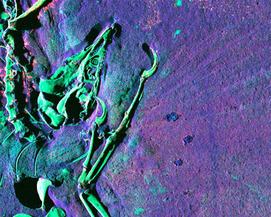
Earth Sciences for Cultural Heritage
Gilberto Artioli and Simona Quartieri – Guest Editors
Table of Contents
This issue of Elements celebrates the diverse contributions that the Earth sciences have made to characterizing, interpreting, conserving, and valorizing cultural heritage. As demonstrated in these articles, Earth scientists possess a profound perception of the complexity of natural materials, they have the necessary knowledge of the ancient and recent geological and physicochemical processes acting on natural materials and on the artifacts produced by human activities, and they employ techniques essential for the investigation of our common heritage. Earth scientists greatly contribute towards a better understanding and preservation of our past. [Artioli and Quartieri (2016) Elements 12:13-18]
Australian Scientific Instruments (ASI)
Cambridge University Press
CrystalMaker
Elemental Scientific
Excalibur Mineral Corporation
Geochemist’s Workbench
International Centre for Diffraction Data
Periodico di Mineralogia
ProtoXRD
Rigaku
Savillex
Selfrag
Society Economic Geologists
Wiley
- Earth Sciences for Cultural Heritage (February 2016)
- Enigmatic Relationship Between Silicic Plutonic and Volcanic Rocks (April 2016)
- Cosmic Dust (June 2016)
- Geologic Disposal of Radioactive Waste (August 2016)
- Studying the Earth using LA-ICPMS (October 2016)
- Origins of Life: Transition from Geochemistry to Bio(geo)chemistry (December 2016)
Download 2016 Thematic Preview










